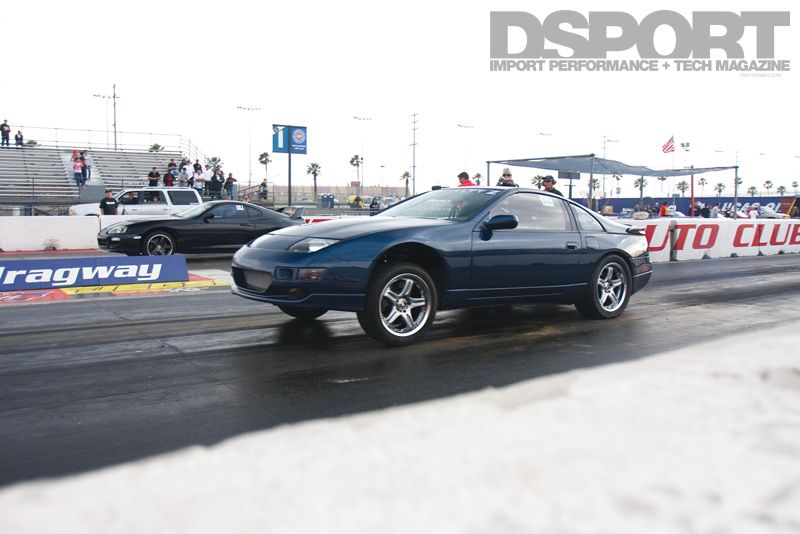| Message |
The clutch master has a small hole at the back of the master cyl, when the Master cyl is not depressed (and the pedal has freeplay), the fluid is allowed to enter and fill the chamber, also the fluid is allowed to travel back into the reservoir as the fluid heats and expands. If the hole is covered (from slight pressure of the pedal assembly), the clutch will slowly dis-engage as the fluid heats because the fluid has no where to go as it expands, except to push on the slave and release the clutch if the hole is closed.
The 300zx twin turbo also has a clutch booster, the clutch booster has a pin that also has an adjustment, if this pin is extended too far for any reason, it will close the hole on the master and cause the clutch to not fully engage when the fluid is hot just like when the pedal is adjusted wrong.
The booster pin should never need to be adjusted, but if someone ever did make an adjustment and made the pin too long, the pedal adjustment will not matter as the pin would push on the master even with freeplay in the clutch pedal.
Since your stating the pedal engagement is moving, it is certain the master hole is covered due to a incorrect adjustment.
Because the twin turbo Z has a clutch booster, it is difficult to feel the correct freeplay and the pedal should not be adjusted by feel.
The true way to adjust the pedal correctly, is to first back out the electrical switches at the top on the pedal assembly to allow a longer pedal travel, then adjust the pedal pin to cause the switches to just barely close. This will ensure the pedal has freeplay, from that point on, the pedal should never need to be touched again, that is maximum adjustment for release and full engagement. If your not getting enough release, you have a different problem, not the pedal adjustment.
If you have already made a bunch of adjustments, shorten the pedal pin adjustment until the pedal no longer pushes on the switches at the top of the pedal assembly, once you see the switch pins exposed, you can lengthen the pedal rod until the switches just start to close and you will be golden.
If you still have trouble after adjusting the pedal as described, check the pin adjustment between the master and booster.More info on how a clutch works....... The pressure plate is basically a coned spring diaphragm.
The diaphragm has zero pressure when it is not bolted to the flywheel and is not sandwiching the disc.
The fingers of the pressure plate diaphragm when not bolted down, stick out away from the side it bolts to (Toward the transmission) As you bolt the plate down to the flywheel, the plate compresses the diaphragm, as you tighten the plate, the pressure of the diaphragm increases the tighter you get the bolts until it is fully clamped. As the diaphragm gets compressed from tightening the bolts, the fingers get pulled back toward the flywheel. The diaphragm has the highest pressure when the diaphragm is flat, less than flat is less pressure, and over center the way the T.O. bearing pushes the fingers also drops the pressure. The way clutches are designed, the fingers are perfectly flat when the pressure plate is fully tightened with a new disc.
As the disc wears the pressure also decreases, this is why a clutch slips when the disc is worn out and is thinner. This is also why clutches have a more difficult time releasing when they are worn out.
What happens when everything is new and perfect, the diaphragm is flat and the throw-out bearing pushes the diaphragm over center to pulls the pressure plate away from the disc.
If the pressure plate is not bolted down all the way, or the disc is worn badly, the pressure will be less to hold the disc, it will also require a longer stroke of the clutch pedal to get release.
The reason it requires a longer stoke of the clutch pedal for release for the above, the fingers of the diaphragm are sticking out toward the T.O. bearing more if the disc is worn or the plate is not bolted, so in order to release the disc, the T.O. bearing has to first make the fingers flat before it can push the fingers over center to release the clutch. (Travel much further to obtain release)
 |
 |

